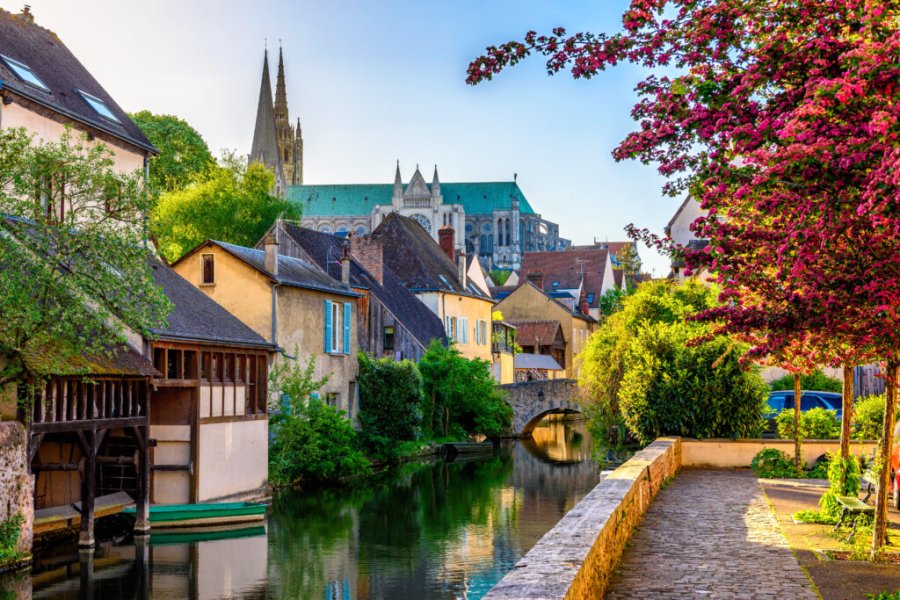Travel Guide Drusti
Find an accommodation
Advertising
After discovering the ancient history of the Baltic peoples, you will probably want to understand their religion, traditions and events that led to the birth of the Latvian nation. You are in this "Swiss Switzerland" which has kept the "baltitude" intact through the occupation and clashes of the powerful on its land.In Rauna, you go along the footsteps of the Herrenhutters, these itinerant preachers and educators who made Livonia the most literate province in the Russian Empire. To see, the Staburags («fontaine petrifying»), the tomb of the liberation soldiers (50 oaks in whose roots the names of the Latvians and Estonians fell in 1919), the site of a latgale castle in motte and the remains of the winter residence of the Archbishop.Līgo is the major feast of the Baltic version of the Indo-European religion. It is the feast of the summer solstice that drains all Latvians (even those of the cities) to the ancient sacred sites. One of the most famous is the Piltinskalns de Drusti. The Piebalgas region, and in particular Drusti, is renowned for its respect for sacred traditions and the quality of its nature. Both are closely linked in Latvian spirit. The region is also the cradle of modern Baltic culture. From Drusti, you can spread across the Massif massif, but also discover the north of the Latgale, the highest area in Latvia ("high land" and Madona region) and the multitude of lakes and rivers where you can start fishing or kayaking.
Suggested addresses Drusti
Weather at the moment
Advertising
Organize your trip with our partners Drusti
Transportation
Book your plane tickets
Car Rental
Boat rental
Accommodation & stays
Find a hotel
Holiday rental
Find your campsite
Tailor-made trip
Immersion travel
Services / On site
Activities & visits
Find a doctor



